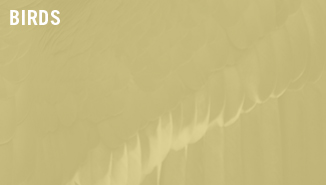|
||||||||||||
|
|
GENTILISAn Occasional Review of Goshawk Research and Conservation Issues#2: Summary of Cooper and Stevens (2000) by Kierán Suckling Cooper, J.M. and V. Stevens. 2000. A review of the ecology, management and conservation of the northern goshawk in British Columbia. British Columbia Ministry of Environment, Lands and Parks, Wildlife Bulletin No. B-101. Much of Cooper and Stevens (2000) is a literature review of goshawk research from North America and elsewhere. This summary focuses on data relating to goshawks in British Columbia. STATUS In 1995, the Committee on the Status of Endangered Wildlife in Canada (COSEWIC) designated the northern goshawk as "not at risk" and the Queen Charlotte goshawk as "vulnerable." In 1998, the Ministry of Environment, Lands and Parks placed the Queen Charlotte goshawk (A.g. laingi) on the “red list” as a candidate for designation as “threatened” or “endangered.” A.g. laingi is ranked as “critically imperiled globally” or “imperiled globally” by the Alaska Natural Heritage Program and “imperiled” by the British Columbia Conservation Data Centre due to rarity and perceived threats to habitat. “Recent surveys (1995-1998) on Vancouver Island and the Queen Charlotte Islands of British Columbia suggest there may be less than 200 pairs of A.g. laingi in Canada which would likely warrant a Threatened COSEWIC status.” Following a review of various population estimates, the authors conclude that “the trend seems to be inevitably downward for A.g. laingi,” though it is not known precisely to what degree. RANGE HABITAT USE HOME RANGES PREY PROTECTED HABITAT |
| Photo © Robin Silver | HOME / DONATE NOW / SIGN UP FOR E-NETWORK / CONTACT US / PHOTO USE / |





RobinSilver.jpg)